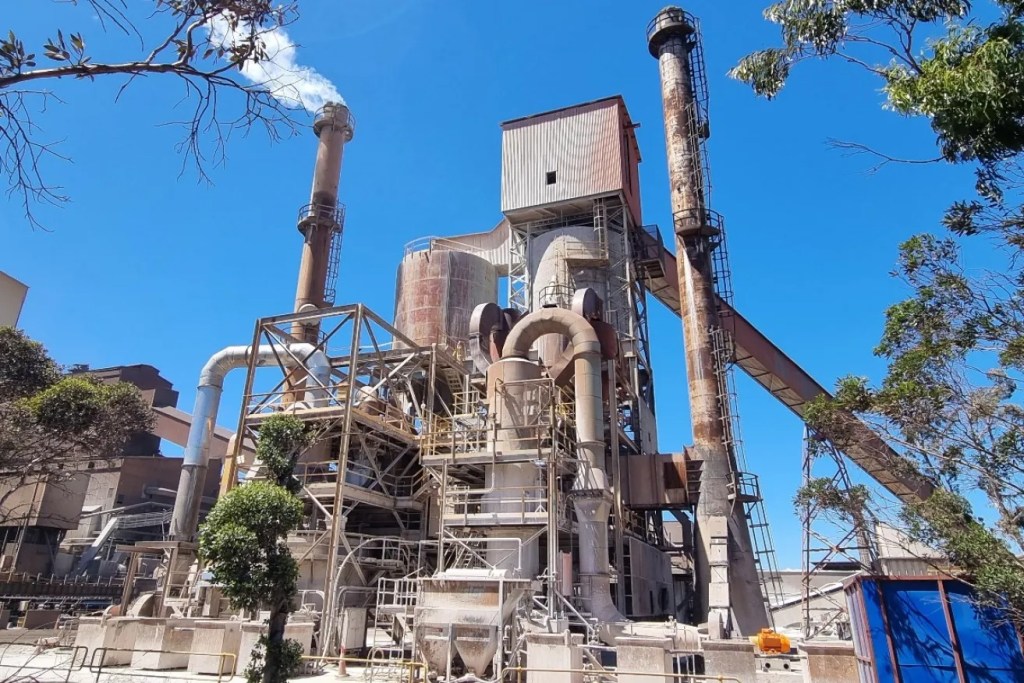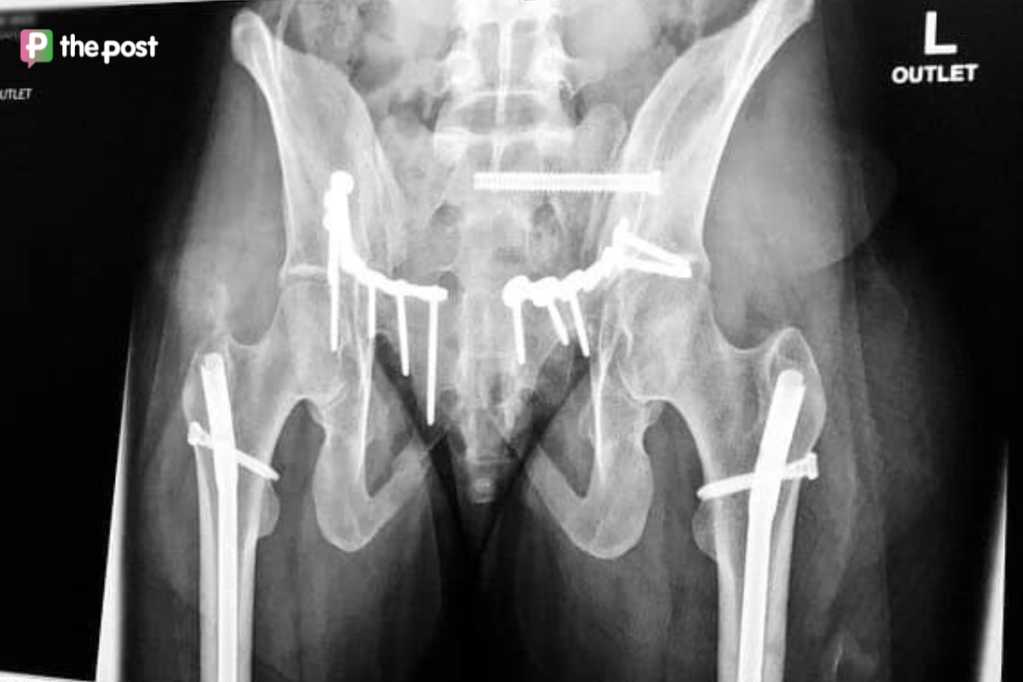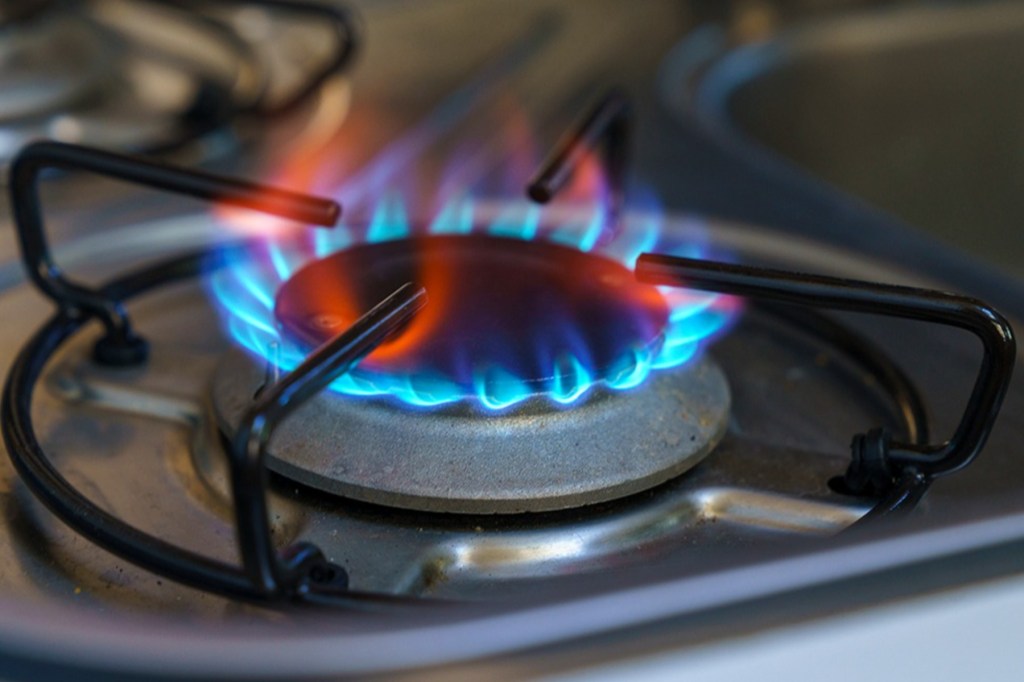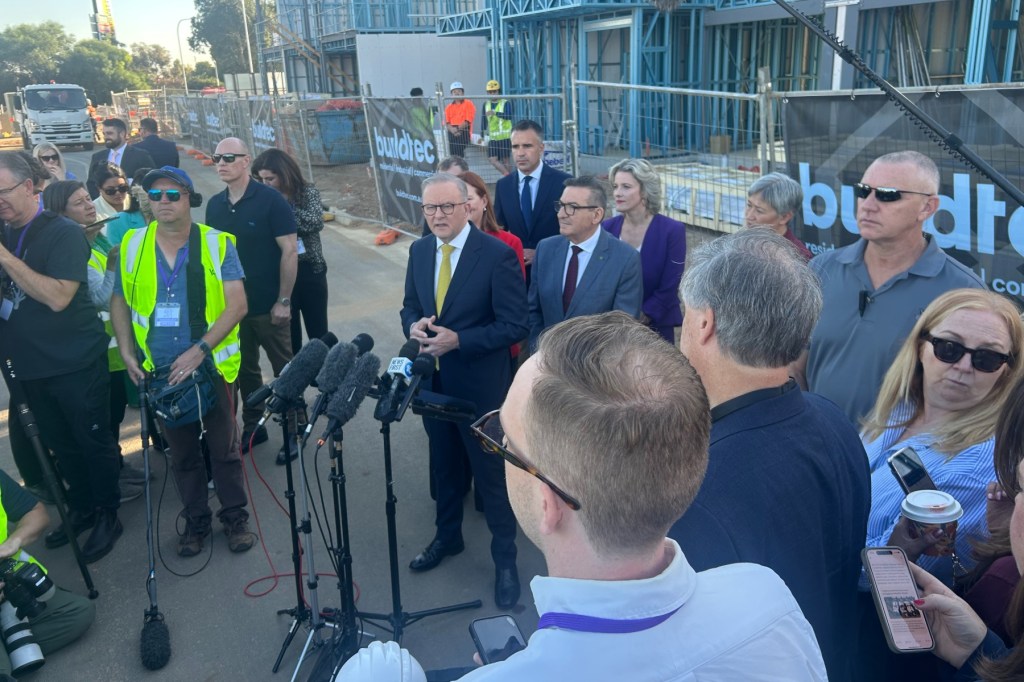Why the Whyalla steelworks is crucial to a decarbonised world

There’s no doubt of course that steelmaking, with its reliance on coking coal, has produced a lot of carbon emissions. And that will continue to be the case well into the immediate future.
But that legacy also means there is near unrivalled potential to make huge gains in carbon reductions through the exciting technology coming down the line. As long as the world needs steel – and there is zero indication demand will wane – then it will need steelmaking.
A prosperous nation like Australia can take an “out of sight, out of mind” approach to this reality and allow all the steelmaking we need to happen offshore. But even if Australia was to turn all its heavy industry sites into bird sanctuaries, the planet’s atmosphere wouldn’t benefit because all that production would simply pop up somewhere else to meet demand.
I know there are complex issues regarding management and financing right now. But we should be focused on the long game.
Although it’s often spoken about as some beautiful distant dream, green steel is now a very realistic prospect.
Once the technology becomes economically viable at scale it will completely change the game. Green steel will become much more valuable than traditional steel, as buyers all around the globe try to limit their carbon impact. The opportunities are massive.
You might like
Australia is, of course, the world’s leading supplier of iron ore.
If our plan for the 21st century is to simply shovel it out of the ground to sell to smarter countries to convert into valuable green steel, then we have rocks in our heads.
Let’s not beat around the bush: meaningful public investment would have to be significant.
The Australian Workers’ Union’s economics team calculates a package of well over $10 billion would be necessary to ensure our metals producers, including Whyalla, successfully navigate the energy transition.
For Whyalla specifically, this package would provide tax incentives to attract private investment, enabling the construction of a direct reduced iron plant and an electric arc furnace, crucial components of a green steel infrastructure.
This kind of serious strategic investment is exactly what the federal government’s Future Made In Australia program is meant to do. And with an election looming, it’s exactly the kind of practical, tangible action the public wants to see.
Stay informed, daily
We don’t have much time, because other nations have certainly received the memo. To take just one recent example, Sweden’s H2 Green Steel project has already attracted over $10 billion in investment – and that’s just for a single plant.
Our own government forecasts suggest that green metals could add as much as $122 billion to our economy by 2040, and with ambitious policy, the scale of what’s achievable is even greater. With the right moves, we could capture a substantial share of this new and valuable market.
Strategically, Whyalla’s significance cannot be overstated. It remains the only producer of steel rail products, “heavy long” products used in construction, and special-grade billet products.
Whyalla’s strategic location and infrastructure provide a unique capability for steel production, with access to both raw materials and a deep-water port that facilitates efficient distribution.
Moreover, Whyalla’s production is vital for national security, ensuring that essential materials for defence and key infrastructure projects are sourced domestically, reducing reliance on potentially unstable international supply chains.
This makes Whyalla not only an economic asset but a crucial pillar of Australia’s industrial sovereignty.
Supporting Whyalla isn’t just about saving jobs – although that is critically important, with thousands of families relying on this industry. It’s about retaining Australia’s sovereign capacity, our ability to build our own infrastructure, and protecting ourselves against the whims of the international market.
Let’s also be honest.
GFG definitely has a plan for Whyalla’s green transition. But we know those plans are unlikely to become a reality without public support. The role of government is not to replace private investment but rather to provide leverage and support to de-risk and attract further private capital.
The Australian government should make Whyalla the launchpad of a clean steel future because, if we get this right, Whyalla’s success will be a national success. It will demonstrate that heavy industry in Australia has a future in a decarbonised world – a future that delivers jobs, economic growth, and environmental sustainability.
Paul Farrow is the National Secretary of the Australian Workers’ Union.








